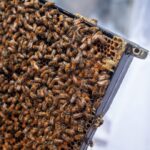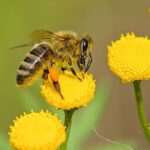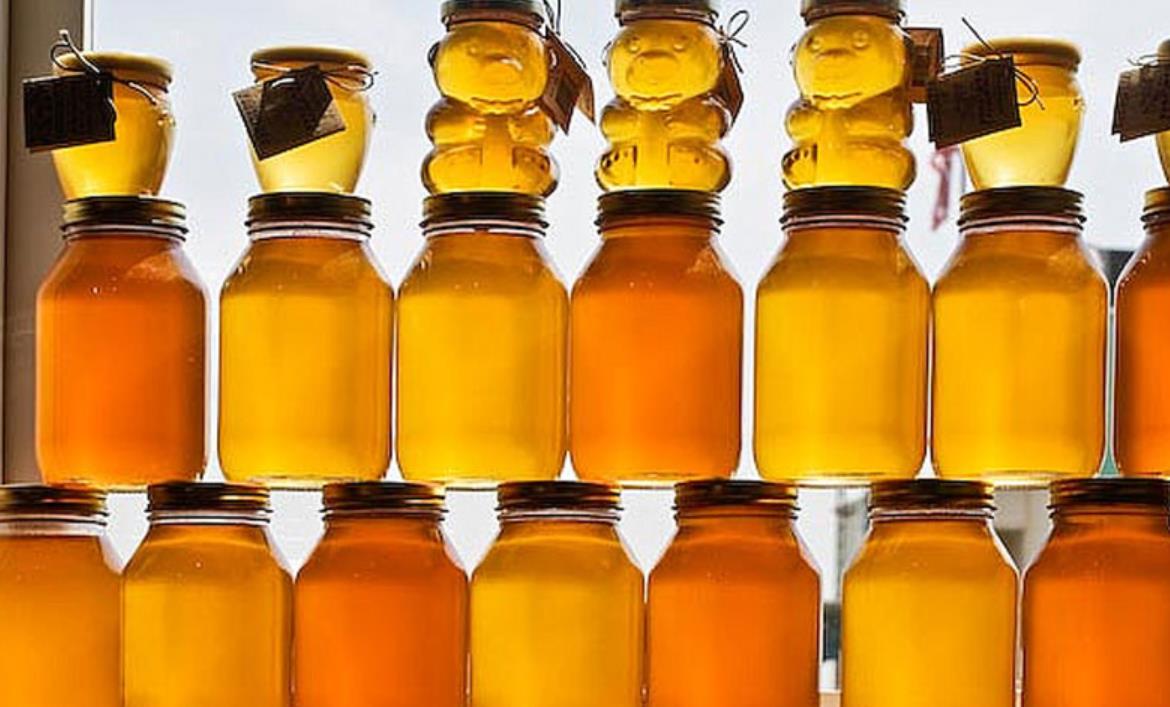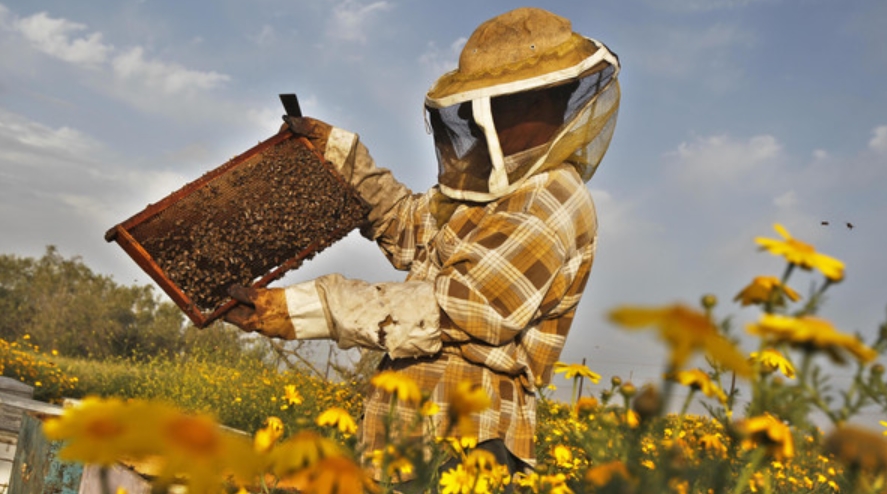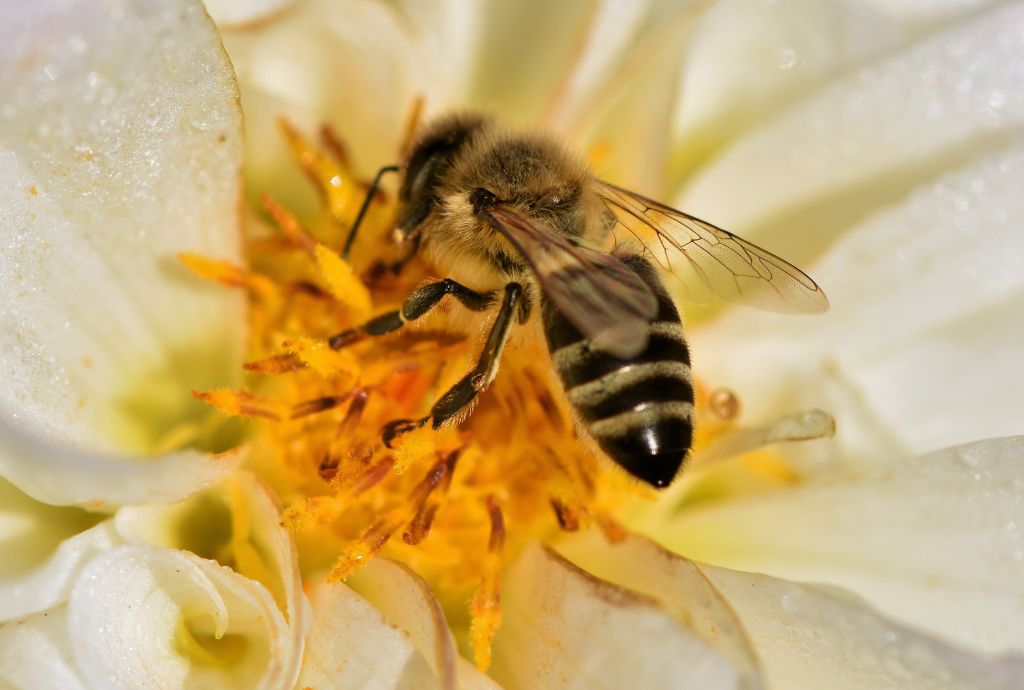
Honey bees, the industrious pollinators that play a crucial role in our ecosystems, have a diet as fascinating as their behavior. These remarkable insects not only produce the honey we enjoy but also ensure the health of our gardens and crops through their diligent work. Understanding what honey bees eat is essential for anyone interested in apiculture or simply wanting to support local bee populations. This article delves into the dietary habits of honey bees, exploring their food sources throughout the year, including the challenging winter months.
From the blooming flowers of spring to the barren landscapes of winter, honey bees adapt their feeding habits to ensure their survival. Their diet is primarily composed of nectar and pollen, which they gather from flowers. Nectar provides them with carbohydrates, while pollen is a vital source of proteins and fats. However, their dietary needs and strategies vary significantly across different seasons, highlighting their incredible adaptability and the complex dynamics of their colonies.
Table of Contents
The Primary Diet of Honey Bees
Nectar: The Carbohydrate Source
Nectar is the primary source of carbohydrates for honey bees. It is a sweet liquid produced by flowers, rich in sugars such as sucrose, glucose, and fructose. Honey bees use their long proboscis to extract nectar from the floral nectaries. Once collected, the nectar is stored in their honey stomach, also known as the crop, where enzymes begin to break down the sugars.
Upon returning to the hive, forager bees pass the nectar to worker bees through a process called trophallaxis. The worker bees then further process the nectar by adding more enzymes and reducing its water content. This process transforms nectar into honey, which is then stored in honeycombs. Honey serves as a long-term food source for the colony, especially crucial during times when nectar is scarce.
Pollen: The Protein and Fat Source
Pollen, the male gametophyte of flowers, is another essential component of a honey bee’s diet. It provides the necessary proteins and fats required for the growth and development of the bee brood. Forager bees collect pollen in their pollen baskets, or corbiculae, located on their hind legs. Once back at the hive, they deposit the pollen into cells, where it is mixed with nectar and enzymes to form bee bread. This nutrient-rich substance is consumed by nurse bees and fed to the larvae.
Seasonal Variations in Honey Bee Diet
Spring and Summer: Abundance of Resources
During spring and summer, flowers are abundant, providing ample nectar and pollen. Honey bees take full advantage of this period to gather and store food. This season is marked by intense foraging activity, with bees visiting a wide variety of flowers to ensure a diverse and balanced diet. The surplus honey produced during these months is essential for sustaining the colony during less bountiful times.
Autumn: Preparing for Winter
As autumn approaches, the availability of nectar and pollen begins to decline. Honey bees shift their focus to building up their honey stores to prepare for the winter. The queen’s egg-laying rate decreases, reducing the colony’s size to a manageable number that can be supported through the winter months. During this time, bees also increase their consumption of stored honey to build up their fat bodies, which help them survive the cold.
What Do Bees Eat in the Winter?
Winter poses a significant challenge for honey bee colonies due to the lack of flowering plants and harsh weather conditions. During this period, bees rely entirely on their stored honey and bee bread to survive. The bees form a tight cluster around the queen to maintain warmth, consuming honey to generate energy and produce heat.
The winter diet consists mainly of honey, which provides the necessary carbohydrates for energy. The bees metabolize honey to produce heat through a process called shivering thermogenesis. This process involves the bees vibrating their flight muscles to generate warmth without flying. The outer bees rotate with those in the center of the cluster, ensuring that all members of the colony stay warm.
In addition to honey, bees also consume bee bread, which supplies them with proteins and fats necessary for maintaining their health and immune systems. The stored bee bread helps sustain the bees until spring, when flowers bloom again, and fresh nectar and pollen become available.
In conclusion, the diet of honey bees is a complex and fascinating aspect of their biology. From the abundance of spring and summer to the scarcity of winter, honey bees demonstrate remarkable adaptability in their feeding habits. Understanding what honey bees eat and how they manage their food resources throughout the year provides valuable insights into their survival strategies and the critical role they play in our ecosystems.
The Role of Water in a Honey Bee’s Diet
Water, though often overlooked, is a crucial component of a honey bee’s diet. Bees use water for various purposes within the hive, including cooling the hive through evaporation, diluting honey to feed larvae, and maintaining the optimal humidity levels necessary for brood development. Worker bees collect water from various sources such as puddles, dew, and even birdbaths. They store the water in their crops and transport it back to the hive, where it is distributed as needed.
How Honey Bees Find Food
Foraging Behavior and Communication
Honey bees exhibit remarkable foraging behaviors and communication methods to locate and exploit food sources efficiently. Forager bees scout the surroundings for nectar and pollen-rich flowers. Once they find a good source, they return to the hive and perform a waggle dance. This dance conveys detailed information about the direction, distance, and quality of the food source. Other bees interpret the dance and fly out to collect the food.
The Importance of Floral Diversity

The diversity of flowering plants in an area significantly impacts the diet and health of honey bees. A variety of flowers ensures that bees receive a balanced diet rich in different nutrients. Monoculture farming, where large areas are planted with a single crop, can limit the nutritional diversity available to bees. This can lead to deficiencies and weaken the colony. Supporting floral diversity through planting bee-friendly gardens and maintaining natural habitats is crucial for the well-being of honey bee populations.
Supplemental Feeding: Helping Bees Through Hard Times
Sugar Syrup and Fondant
Beekeepers sometimes need to provide supplemental feeding to their colonies, especially during times of scarcity or to help weak colonies. Sugar syrup, made by dissolving white sugar in water, is commonly used. This provides an immediate source of carbohydrates for energy. In colder climates, solid sugar fondant is preferred as it does not ferment or spoil quickly.
Protein Supplements
In addition to sugar, protein supplements may be necessary when pollen is scarce. These supplements come in various forms, such as pollen patties or protein powders mixed into sugar syrup. They provide the essential proteins and fats required for brood rearing and overall colony health.
Environmental and Human Impact on Honey Bee Diet
Pesticides and Chemicals
The use of pesticides and other chemicals in agriculture and gardening can have detrimental effects on honey bees. Pesticides can contaminate the nectar and pollen that bees collect, leading to poisoning and weakening of the colony. Integrated Pest Management (IPM) practices and the use of bee-friendly alternatives can help mitigate these risks.
Habitat Loss
Urbanization and agricultural expansion contribute to the loss of natural habitats for honey bees. The reduction in the availability of wildflowers and nesting sites forces bees to travel further for food, increasing their energy expenditure and reducing colony efficiency. Creating and preserving green spaces, planting native flowering plants, and supporting conservation efforts can help provide bees with the resources they need.
Conclusion
The diet of honey bees is a complex interplay of nectar, pollen, water, and, at times, supplemental feed provided by beekeepers. Their ability to adapt to seasonal changes and environmental challenges is a testament to their resilience and crucial role in our ecosystems. Understanding and supporting the dietary needs of honey bees is essential for their conservation and the continued health of the environment. By fostering floral diversity, reducing the use of harmful chemicals, and protecting natural habitats, we can ensure that honey bees continue to thrive and perform their vital pollination services.
